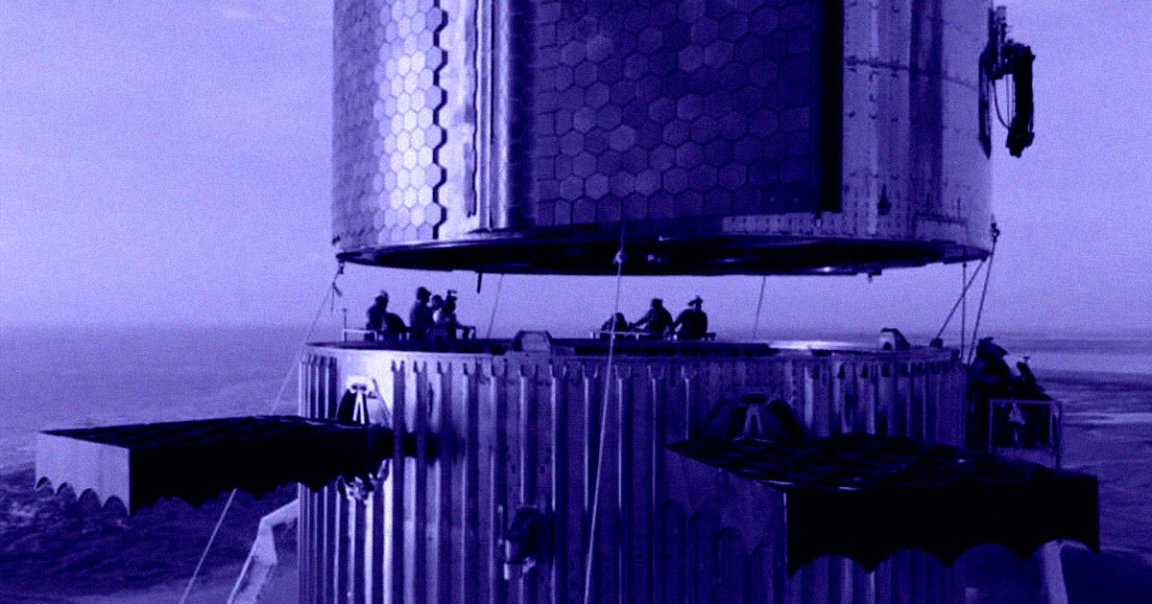
In June 2014, just nine months after retiring from the US Marine Corps, 38-year-old SpaceX employee named Lonnie LeBlanc was sitting on a piece of foam insulation to keep it on a moving vehicle when a gust of wind blew him him off, killing him.
As a shocking new Reuters investigation reveals, employees of Elon Musk’s space company in South Texas didn’t have straps to secure the foam while transporting it to the facility’s main hangar in South Texas.
While the senseless loss of life is a tragedy in itself, it’s particularly surprising that the incident was never reported to the public over the past nine years. Worse yet, Reuters found, there have been at least 600 injuries of varying severity since then that haven’t been previously reported either — indicating a safety crisis at the notoriously scrappy rocket maker.
Since 2016, SpaceX has failed to consistently report the total number of annual injuries to the Occupational Safety and Health Administration (OSHA), despite it being a regulatory requirement. Roughly 400 of the 600 cases uncovered by Reuters occurred during these unreported years.
The shocking report details some serious lapses in worker safety, many of which were reportedly the result of a chaotic workplace or under-trained or exhausted staff.
It also highlights the human cost of producing rockets under Musk’s characteristically breakneck and reckless pace, a systemic problem that isn’t just limited to SpaceX, but applies to the mercurial CEO’s EV maker Tesla just as much.
OSHA inspectors determined the company had failed to provide the tie-downs needed to stop the insulation foam from being blown away and striking LeBlanc. Per the report, SpaceX did acknowledge these problems and agreed to implement new safety measures.
Out of the 600 injuries revealed by Reuters, there were 100 instances of employees suffering cuts, 29 broken bones or dislocations, and 17 cases of “crushed” fingers or hands. There was also one skull fracture, one traumatic brain injury, and four concussions. SpaceX also reported eight accidents leading to amputations, and seven eye injuries.
Employees speaking with the news agency said Musk often saw safety as being the responsibility of the individual worker. Musk even reportedly discouraged employees from wearing safety yellow because he “disliked bright colors.”
Eight former SpaceX employees also told Reuters that a rocket part flying off during a pressure test fractured the skull of one employee, putting him in a coma.
SpaceX has largely gotten away with putting its employees in danger. Despite the space company’s failure to consistently report the number of injuries over the years, Reuters found regulators never filed any sanctions against the company, apart from small fines ranging only from a few hundred to a few thousand dollars.
Meanwhile, SpaceX has offloaded its responsibility to a number of “responsible engineers,” a spokesperson told the news agency.
The space company’s South Texas facilities, the home base of SpaceX’s Mars rocket called Starship, has a particularly bad track record when it comes to safety, with employees reportedly working more than 80 hours a week and sleeping at the facility overnight. Some even took Adderall without a prescription, per Reuters.
That’s more or less in line with Musk’s repeated calls to throw caution to the wind and construct these massive rockets at a record pace.
That kind of approach has seemingly come at the cost of a more rigorous training program, sufficient testing, and fixing known defects that later resulted in injuries.
The company has had a culture of rationalizing this kind of unsafe working environment, and given the insignificant fines it has received so far, it’s been able to do this largely without any consequences.
“SpaceX shouldn’t be exempt from protecting workers from being injured or killed,” Jordan Barab, who served as an OSHA deputy assistant secretary between 2009 and 2017, told Reuters, “just because they’re doing innovative work.”
More on SpaceX: SpaceX Says Feds Are Being Unfair About Its Rocket That Exploded